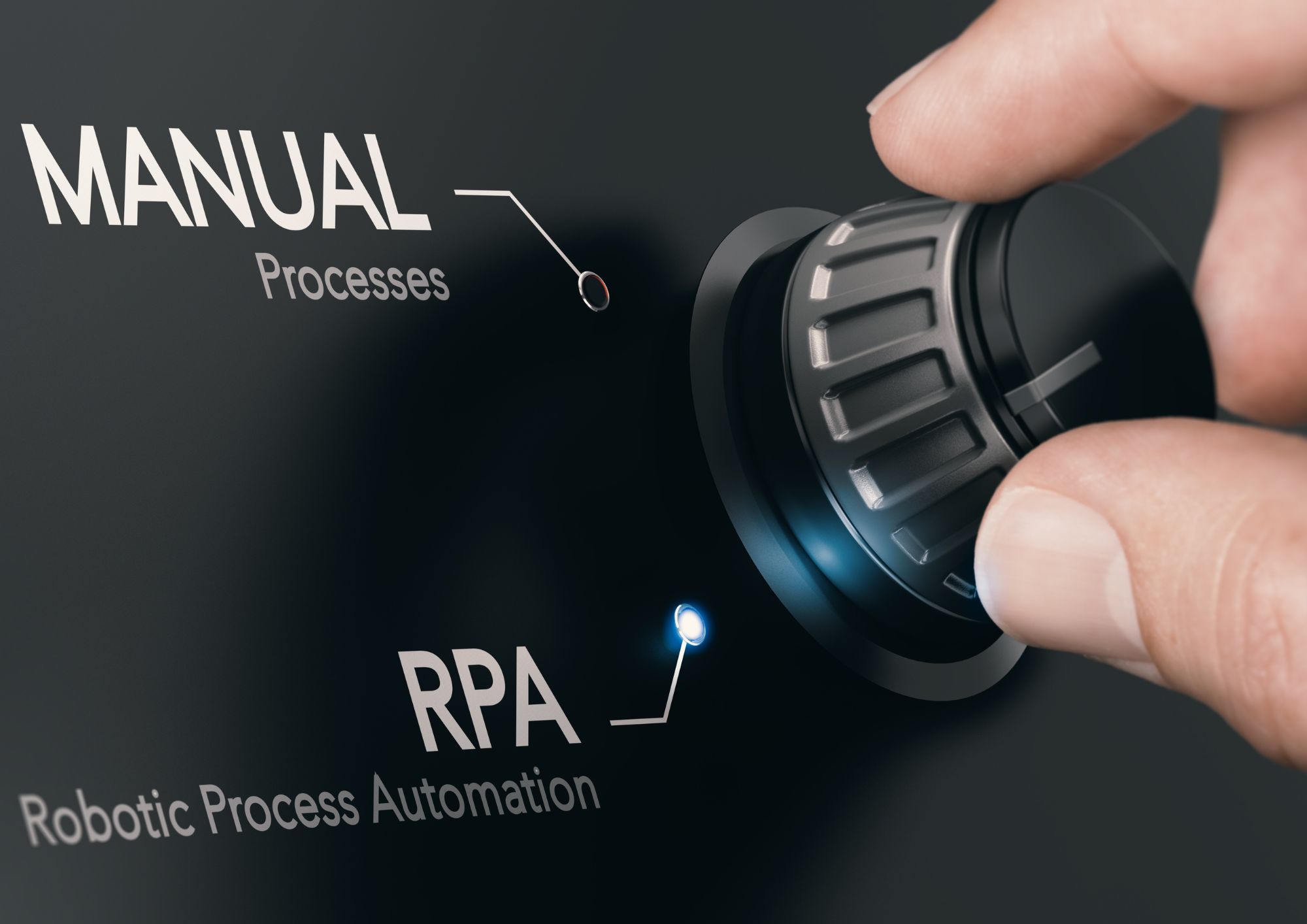Robotic Process Automation (RPA) has become a game-changer for businesses seeking to streamline their operations, reduce costs, and improve efficiency.
However, RPA implementation can be a daunting task, fraught with potential pitfalls that can hamper your progress and diminish your return on investment.
This in-depth guide will provide you with the best practices for RPA implementation, along with examples, facts, and figures to help you navigate the process with confidence.
By adhering to these RPA best practices and avoiding common RPA pitfalls, you can maximize the benefits of your RPA strategy.
RPA Best Practices
Define Clear Objectives and Scope
The first step in any successful RPA implementation is to define clear objectives and scope. This means identifying the processes that are best suited for automation, understanding the desired outcomes, and setting measurable goals.
Example: A financial services company may aim to reduce manual data entry errors by 80% and achieve a 50% reduction in processing time through RPA implementation.
Fact: According to Deloitte, 61% of surveyed organizations identified RPA as a top priority for process improvement.
Develop a Robust RPA Strategy
Developing a robust RPA strategy is essential for successful implementation. This includes creating a detailed roadmap outlining the steps involved, selecting the right tools and technologies, and assigning roles and responsibilities to your team members.
Figure: A survey by PwC found that only 32% of organizations with RPA initiatives have a clearly defined RPA strategy.
Conduct a Thorough Process Analysis
A thorough process analysis helps to identify the most suitable processes for automation, pinpointing areas of inefficiency, and determining the potential ROI.
Example: An insurance company might analyze their claims processing workflow to identify bottlenecks and manual tasks that could be automated using RPA.
Foster a Culture of Continuous Improvement
Continuous improvement is critical to RPA success. Encourage your team to regularly review and optimize your RPA implementations to ensure they remain effective and efficient.
Fact: A study by Everest Group found that continuous improvement efforts can lead to a 15-20% increase in RPA benefits.
Common RPA Pitfalls to Avoid
Automating Inefficient Processes
One common RPA pitfall is automating inefficient processes without first optimizing them. This can lead to suboptimal results and wasted resources.
Example: An e-commerce company that automates its order fulfillment process without addressing existing inefficiencies may fail to achieve the desired improvements in efficiency.
Insufficient Change Management
Inadequate change management can lead to resistance from employees and a lack of buy-in, undermining the success of your RPA implementation.
Example: A bank that fails to communicate the benefits of RPA to its employees may experience pushback and decreased morale.
Inadequate Training and Support
Failing to provide adequate training and support to your team members can hinder the adoption and effectiveness of RPA.
Fact: A McKinsey study found that organizations with strong training programs were 1.5 times more likely to achieve their RPA goals.
Unrealistic Expectations
Setting unrealistic expectations for RPA implementation can lead to disappointment and frustration.
Example: A healthcare organization expecting immediate cost savings of 70% after RPA implementation may become discouraged when results take longer to materialize or are less significant than anticipated.
Lack of Governance and Compliance
Neglecting to establish proper governance and compliance structures can result in regulatory violations and increased risk.
Fact: A study by Ernst & Young found that 48% of companies experienced compliance issues related to RPA implementation.
Summary
Implementing RPA can yield significant benefits for your organization, but it’s essential to follow best practices and avoid common pitfalls to ensure a successful outcome.
By defining clear objectives, developing a robust RPA strategy, conducting thorough process analysis, and fostering a culture of continuous improvement, you can maximize the value of your RPA implementation.
Furthermore, avoiding pitfalls such as automating inefficient processes, insufficient change management, inadequate training, unrealistic expectations, and lack of governance will help you achieve your desired results.
Armed with these RPA best practices and a keen awareness of potential RPA pitfalls, you can confidently embark on your RPA journey and position your organization for success.
Thank you for reading our blog, we hope you found the information provided helpful and informative. We invite you to follow and share this blog with your colleagues and friends if you found it useful.
Share your thoughts and ideas in the comments below. To get in touch with us, please send an email to dataspaceconsulting@gmail.com or contactus@dataspacein.com.
You can also visit our website – DataspaceAI


